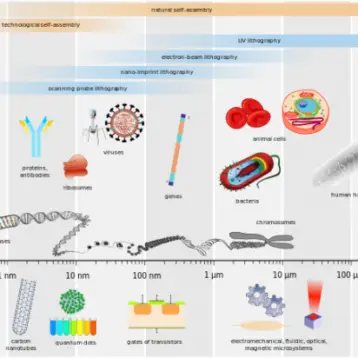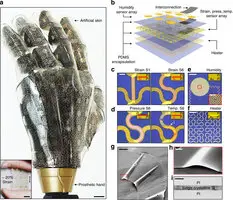|
As copper conduits in silicon chips are fast approaching their physical limitations, many have suggested using carbon nanotubes to create thinner wiring that will be compatible with modern chips. Thinner wiring will allow packing an even larger amount of transistors on a given surface. However, until today, no chipmaker was able to demonstrate nanotube wires that worked on a conventional silicon chip. “This is the first time anyone has been able to show digital signals going through nanotubes at 1 gigahertz”, said Philip Wong, Professor of Electrical Engineering at Stanford University and a co-author of the paper. “There had been a lot of expectations that nanotubes could do this, but no experimental proof so far.”
The silicon chip developed by the scientists consists of an array of 256 circuits, each of which can be selectively operated. These so-called “ring oscillator” circuits are often used in the industry for testing the speed of chips. The demonstrated device consists of a total of 11,000 transistors packed in an area the size of one hundredth of a square inch. Initially, the researchers left one wire of each oscillator unconnected, thus avoiding completely wiring-up the circuit. Following the fabrication of such “incomplete” chips, the scientists attached the missing connections using specially designed nanotubes that bore maximum electrical conductivity and measured between 50 and 100 nanometers in diameter and about 5 millionth of a meter in length. As a result, 19 of the ring oscillators were successfully connected, allowing speeds of up to 1.02 gigahertz
.
|
According to Gael Close, Electrical Engineering Doctoral Student and lead author on the paper, the nanotubes are capable not only of connecting transistors at high speeds, but also of connecting real circuits, which use materials, design, and manufacturing processes popular among chipmakers today. However, the scientists say that the technology still requires a significant amount of work before it will be ready to “hit-the-market”. Among other issues, they are targeting more consistent nanotube purity, further size decrease, and a boost in overall reliability.
According to the scientists, this research showed that carbon nanotubes can be considered as a potential technology to replace traditional copper-based devices in the future. “This is a significant step but it is still very much at the proof of concept level,” Close said. “The industry has been waiting for this kind of a demonstration to really move forward.”
TFOT has previously covered a number of innovative chip technologies – among others you can find a recent article covering a technique that allows scientists to create cooler, faster and cheaper silicon chips, used in microprocessors. You can also read an article about conductive “self-assembling” nanowires, which were developed along with a new production method for extremely small nanowires that are cheaper to make and more energy efficient.











